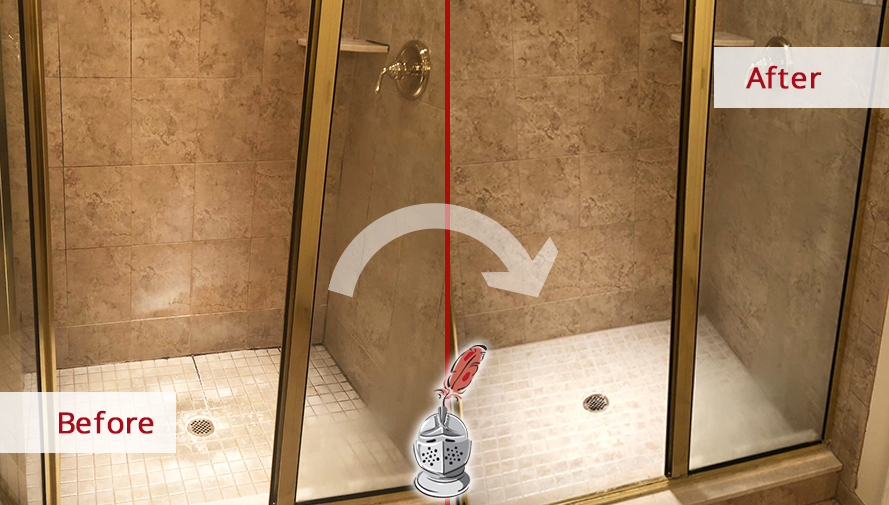The article below relating to How to Fix a Water Damage Bathroom is without a doubt intriguing. Give it a try and make your own conclusions.

The bathroom is incredibly prone for wet accumulation and prospective water damages as a result of the constant use of water in it. This short article provides basic assessment methods to aid detecting water damages threats.
The constant use water in the restroom makes it very at risk for moist accumulation as well as prospective water damages. By inspecting it routinely, you can decrease water related damages.
The complying with collection of examinations is easy to carry out as well as must be done as soon as in every 3 months in order to maintain your bathroom in good shape and to avoid prospective water problems brought on by the bath tub, the shower, pipeline joints and also plumbing, sinks, cabinets, and the toilet
Do not overlook carrying out these evaluations as well as be complete while executing them. Remember that these straightforward assessments can conserve you a great deal of cash by supplying very early indicators for water damages
Sinks as well as Cabinets
Sinks as well as cupboards are subjected to wetness as well as humidity everyday and are often forgotten. Evaluate on a regular basis under the sink as well as on the countertop above it. Fix any type of drip in the trap as it may recommend drainpipe issues. Look around the sink, slow-moving draining pipelines may indicate an obstructed drainpipe. Replace sink seals if they are cracked or loosened.
Tub and Shower
The shower and also bath tub need special focus as well as maintenance. Examine the ceramic tiles and change if split. Ensure that there is no missing out on cement between the floor tiles. Check and change broken caulking at joints where the walls meet the flooring or the bath tub. Blocked drains and also pipelines issues will protect against the tub from drying and also might suggest serious troubles below the bathtub. Seek advice from an expert instantly to prevent architectural damage. Pay attention to stainings or soft areas around the bath tub wall surfaces as they might suggest an internal leakage.
Plumbing
Signs for water damage are tough to discover since the majority of pipes are installed inside the wall surfaces.
Pay special focus to flooring and also walls dampness and spots as they might suggest an unseen plumbing problem. Examine moisture levels in adjacent rooms too.
The Toilet
The bathroom is a prone water joint. Check the water lines as well as look for leaks around the bathroom seat, in the hose, as well as under the water container. If you detect any type of indicators of moisture on the floor around the commode, check for leaks in the toilet edge and also tank seals.
Know that hanging commode bowl deodorants raises the chances for blockages.
TIPS TO PREVENT WATER DAMAGE IN THE BATHROOM
The average household uses approximately 80-100 gallons of water per person per day. For a family of 4, that's almost 2,500 gallons of water a week! The largest portion of this consumption comes from bathroom use. Flushing the toilet uses the most water, followed by taking a shower or bath. With that much water running through the home, water damage in the bathroom is bound to happen. Knowing how to spot signs of a water leak is essential to preventing long-term damage. This guide provides you with tips to reduce the impact of water damage on your bathroom.
CAUSES OF BATHROOM WATER DAMAGE
Pipe breaks are the most common cause of water damage we see in our daily jobs. The age of a pipe plays a large role in a pipe break as well as corrosion. Over time, the metal begins to break down, allowing water to escape. Frozen pipe breaks are also a concern in the winter months. Toilet overflows caused by paper products or children flushing inappropriate items. Degraded caulking around the toilet or bathtub can allow water seepage, sometimes behind the fixture, into the subfloor or walls. Condensation forms when the water in a pipe is cooler than the air temperature. Beads of water form on the exterior of the pipes, sometimes so much so that the water begins to drip and pool below. Sink or shower backups created by poor drainage. HOW TO PREVENT WATER DAMAGE IN YOUR BATHROOM
Inspect your toilet supply line for worn or frayed hoses and replace them as needed. Winterize your plumbing to prevent a frozen pipe break. Use vent fans to prevent condensation that can lead to mold growth. Routinely check and replace degraded caulking around your toilet or bathtub. Increase the temperature in your toilet tank and insulate your pipes during the warm summer months to keep condensation from forming. Use child safety locks on the toilets. Flush only toilet paper. "Flushable" wet wipes are actually not good for your plumbing system. Additionally, feminine hygiene products should not be flushed. Prevent water from escaping the tub or shower. Make sure shower curtains are in good condition. Inspect shower doors and replace the seal strip if necessary. Wipe up any water that accumulates on the floor and use bath mats. Water left to sit can cause damage to the tiles and flooring. Refrain from using bath products containing heavy oils to avoid a clogged drain.

Do you enjoy reading up on Common Causes of Water Damage in a Bathroom? Place feedback further down. We would be interested to hear your ideas about this content. Hoping to see you back again in the future. Sharing is nice. Helping others is fun. Thank you for your time. Visit again soon.
Schedule Here